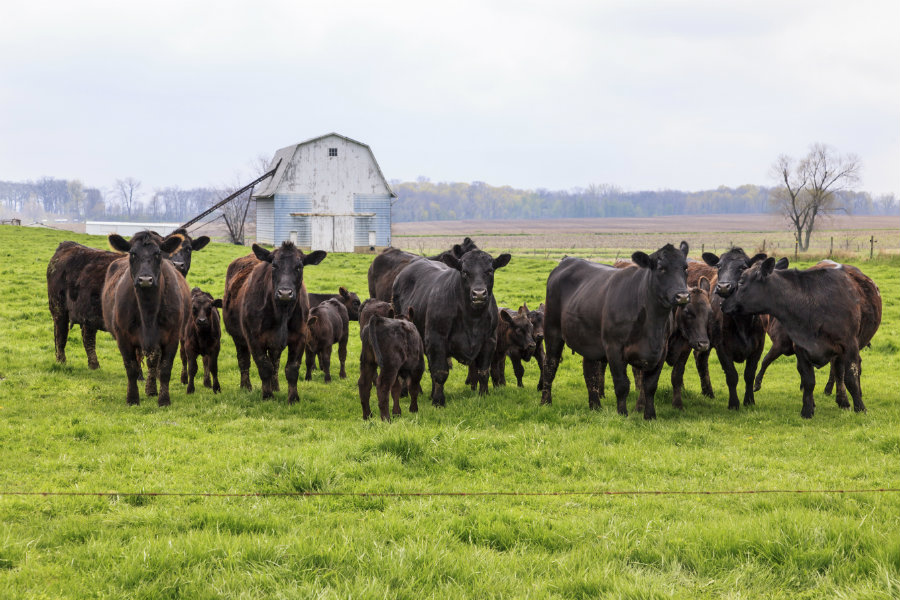Embarking on a journey to establish a firewood plan for a 15-acre homestead requires thorough planning and strategic implementation. Owning a homestead is a dream for many, offering the opportunity to live sustainably and in harmony with nature. An effective firewood plan is essential to ensure that your homestead remains warm and functional throughout the year.
In this comprehensive guide, we will explore the various strategies to manage firewood efficiently on a 15-acre homestead. From selecting the right type of wood to storing it properly, each step is crucial for the seamless operation of your home.

The Importance of a Firewood Plan
Having a detailed firewood plan is not just about having a steady supply of wood for your fireplace or stove. Its also about ensuring sustainability and efficiency in your homestead operations. A well-thought-out plan helps you manage your resources effectively while minimizing waste and environmental impact.
Understanding Your Land
Analyzing the Terrain
Your 15-acre homestead likely consists of a variety of terrains, from open fields to wooded areas. Understanding the layout of your land is crucial for planning where to harvest and store your firewood.
Identifying Tree Species
Different tree species offer different burning qualities. For instance, hardwoods like oak and maple burn longer and produce more heat than softwoods like pine. Identifying and cataloging the trees on your property is the first step in forming an efficient firewood plan.
Harvesting Firewood
Seasonal Considerations
Harvesting firewood should be done in the right season to ensure the wood is dry and ready for use. Late winter or early spring are ideal times for cutting wood, as it allows ample time for seasoning.
Tools and Safety
Using the right tools and adhering to safety protocols is paramount when cutting and collecting firewood. Chainsaws, axes, and protective gear should be at the top of your equipment list.
Storing Your Firewood
Choosing the Right Location
Your storage location should be dry and well-ventilated to prevent mold and rot. A woodshed is an excellent option, providing both protection and airflow.
Stacking Techniques
Proper stacking not only ensures your wood dries evenly but also maximizes space. Crisscross stacking and leaving gaps between logs can enhance airflow.
Maintaining Your Firewood Supply
Continuous management of your woodlot is essential for a sustainable firewood plan. Regularly check and maintain your storage areas, and replenish your supply as needed.
Environmental Considerations
Practicing sustainable forestry is crucial. Avoid over-harvesting and consider planting new trees to replace the ones you cut down. This not only sustains your firewood supply but also contributes to the health of your land.
Community and Resources
Joining local homesteading groups can provide invaluable support and resources. Sharing knowledge and experiences with fellow homesteaders can enhance your firewood plan.
For more insights on homestead layouts, visit The Tiny Life.
Conclusion
Creating a firewood plan for a 15-acre homestead is a rewarding process that requires careful planning and execution. By understanding your land, selecting the right wood, and practicing sustainable methods, you can ensure a warm and cozy home throughout the seasons.
For more tips on maintaining your homestead, check out erosion control and winter prep techniques.

FAQs
How much firewood do I need for a winter season?
The amount of firewood needed depends on the size of your home and the severity of the winter. Generally, 3 to 6 cords of wood are sufficient for a typical winter season.
What is the best type of wood for burning?
Hardwoods like oak, maple, and hickory are excellent choices for firewood due to their high heat output and long-burning qualities.
How can I tell if my firewood is properly seasoned?
Properly seasoned wood should have cracks at the ends, be lighter in weight, and produce a hollow sound when knocked together.




